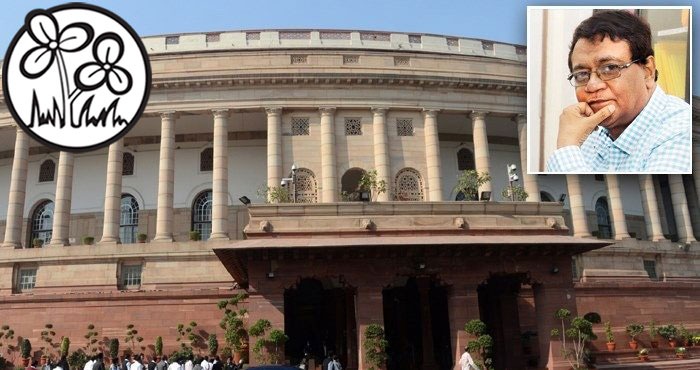February 6, 2020
Ahamed Hassan speaks about arsenic contamination in eastern India

Hon’ble Chairman Sir, arsenic has become a life-threatening problem for some of the provinces of our country. People from West Bengal, Jharkhand, Bihar, Uttar Pradesh, Assam and Manipur are suffering from various life-threatening diseases caused by arsenic contamination. The arsenic problem has a huge impact on human health and its consequences on animals, agricultural products and the environment are really serious.
A large population of West Bengal, across nine districts, namely, North 24 Parganas, South 24 Parganas, Murshidabad, Malda, Nadia, Howrah, Hooghly, Bardhaman and a few suburbs of Kolkata are affected by arsenic-related problems. Similarly, in 38 districts in Bihar, 17 of the 38 districts have groundwater arsenic concentration above the permissible limit.
Sir, arsenic enters into the human body by drinking contaminated water. Arsenic contamination of groundwater is responsible for the problems. Arsenic-affected people in the villages are also facing serious social problems. The villagers have no option but to drink the water that is contaminated with arsenic because handpumps and tube-wells are their only sources of drinking water. The Bengal Government, led by the Honourable Chief Minister Mamata Banerjee, is trying its best to solve the problem of arsenic contamination but it’s a national problem and the Central Government should also come forward and fulfil its duty towards the affected population.
The arsenic problem and its solution need more research on our part. Jadavpur University is the pioneer in arsenic research but it needs more funds from the Central Government to do the research and experiments. But, I must admit that the Central Government is really not sitting idle. The World Health Organisation (WHO) guidelines state that the permissible limit of arsenic in drinking water is 10 ppb. After reviewing this worldwide analysis, our Union Government changed this limit to 50 ppb, which is five times higher.
